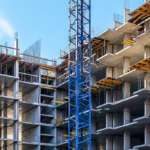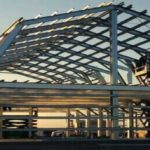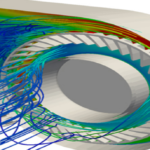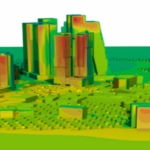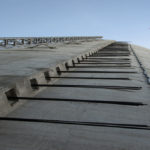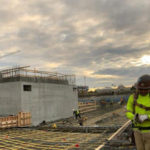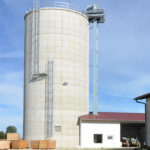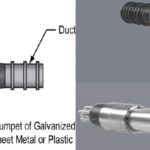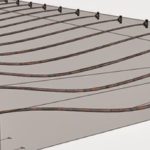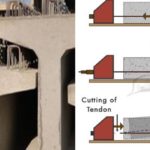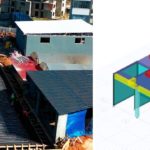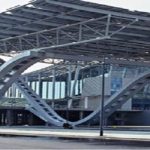Blog
Industrial Chimney Systems And Applications

Industrial Chimney Systems are chimney systems designed according to the conditions and needs of the production facility.
Unlike standard chimneys, Industrial Chimneys are designed and constructed based on the geographical climatic conditions of the area where the plant is located, by determining the temperature and gas outputs generated by the product produced or processed by the plant.
These are the structures that allow the emission of waste gases occurring in the production of heat in production facilities in accordance with nature and adjust the circulation rate of the gases according to the need. Chimney static analysis, chimney designs preparation is not as easy as it is thought.
It is very important to consider the physical and external factors during the construction and installation process of industrial chimneys. Following chimney static analyses, earthquake impacts, wind loads that will affect the chimney and physical calculations and tests in accordance with occupational safety, the most appropriate installation parts and materials must be selected. The materials to be selected must be resistant to corrosion and high temperatures.
The diversity of the factories to use the chimneys has led to the emergence of many chimney types. Such chimney derivatives as Stainless-Steel Chimneys, Reinforced Concrete Chimneys, Prism and Cylindrical Chimneys, Chimneys According to Traction Systems (Active – Passive Traction), Self-Standing Chimneys, Stack Chimneys are planned according to the needs of the facility, geographical and climate conditions.
The most important point to consider when analyzing and designing the chimneys is that the air density inside the chimney is less than the atmosphere density. For this to happen, the temperature inside the chimney must be much higher than the outside temperature. The aim is to ensure that the temperature inside the chimney flows to the cold air. The hot air, which desires to leave the chimney, brings with it the gases that need to be released. However, it is important how or what kind of system the gases will pass through. The flue systems must be compatible with the filter systems as the exhaust gases must be released to certain standards. The correct material and material usage are very important when carrying out the works, especially because of the high temperature in the production facilities. In addition, careful calculations are required.

There are a few important things to consider for stable and efficient operation of chimneys. These are;
- Accurate creation of chimney structural designs
- Chimney and ambient temperature is different
- Sealing the chimneys and being well insulated
- Chimney has to be suitable for the climate
- Installation of chimneys in connection systems
- Using the proper and durable materials for long life.
Self-Standing Chimney Systems
Self-supporting chimney systems are generally used in factories, power plants, housing and industrial plants. Self-Standing Chimneys are self-standing chimney systems which are built with single or double wall and anchored from the ground without any support. Calculation is made according to chimney static projects. Self-Standing Chimneys have low heat permeability and high chimney efficiency. Self-Standing Chimneys are just some of the advantages of being suitable for different types of fuels such as solid, liquid and natural gas. Turbine and generator systems, industrial plants and heating centers are some of the applications.
Latest Blog
-
Reinforced Concrete Calculation Static Report
31 January 2024 -
Steel Calculation Static Report
31 January 2024 -
What Is CFD Analysis?
22 December 2023 -
What Are The Benefits Of CFD Analysis?
22 December 2023 -
Silo Reinforcement with Post-Tensioning Method
26 September 2023 -
Post Tensioning Method in Cantilever Slabs
4 September 2023 -
Post-Tensioning Application In Reinforced Concrete Silos
22 August 2023 -
Components Of Post Tensining
16 August 2023 -
What Are Pre-Stressing And Post-Tensioning?
11 August 2023 -
What is Prestressing?
8 August 2023 -
History Of Post Tensioning
8 July 2023 -
Post Tensioning Method In Foundations
14 June 2023 -
What Is Post Tension?
30 September 2022 -
Steel Static Projects
27 September 2021


